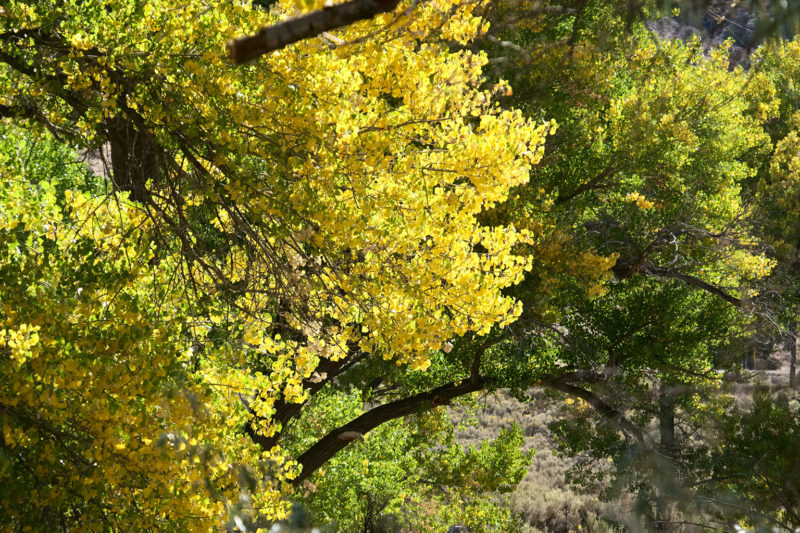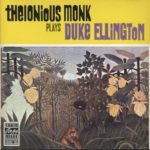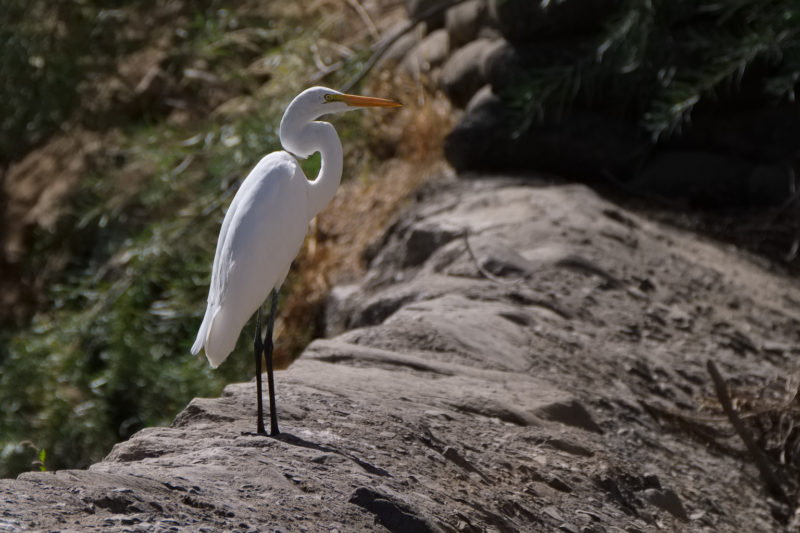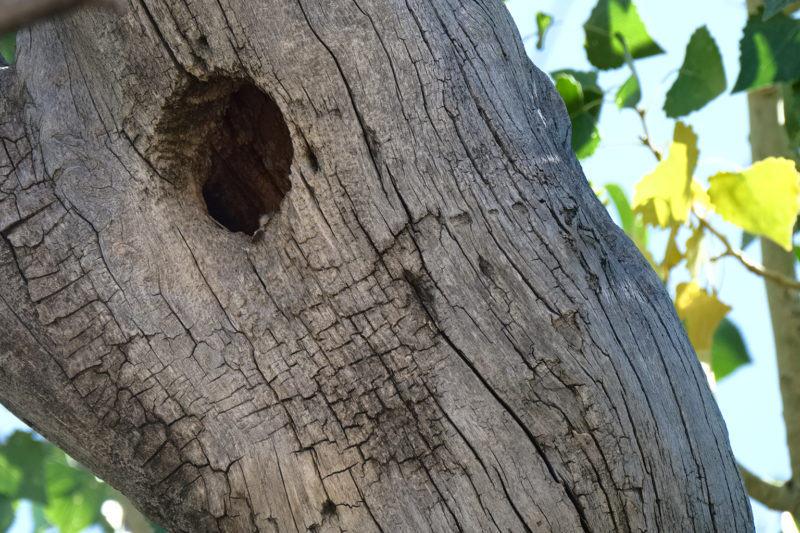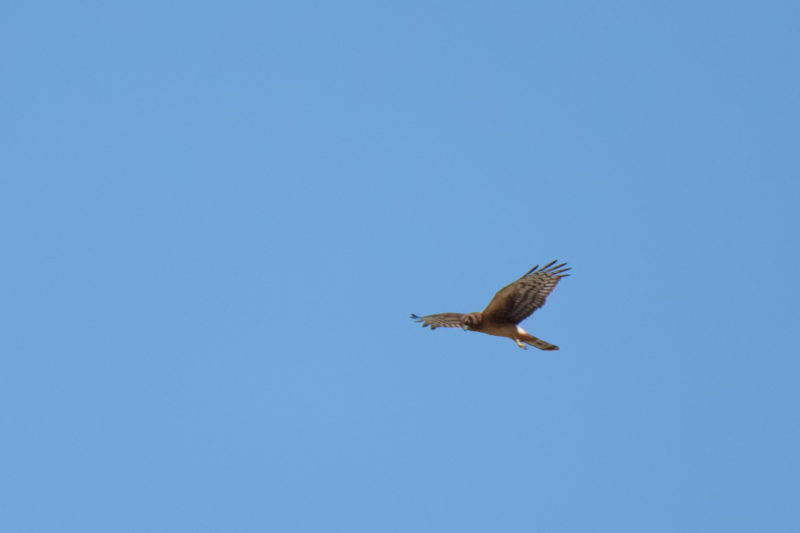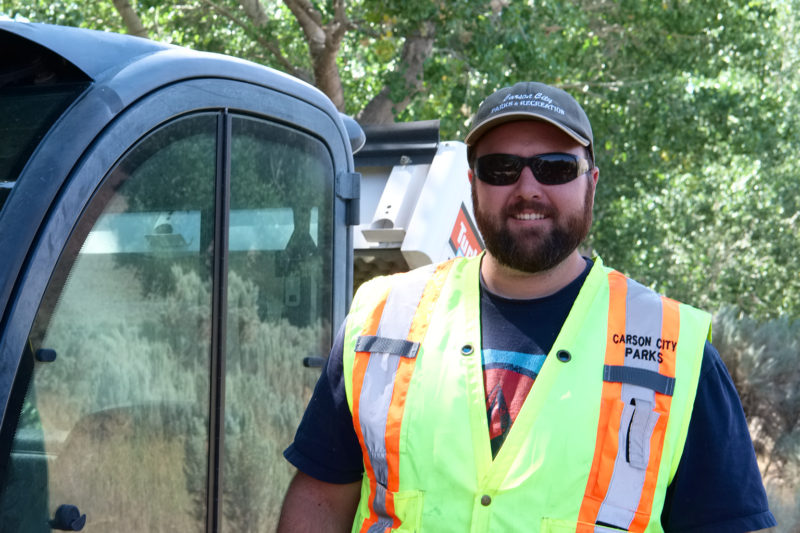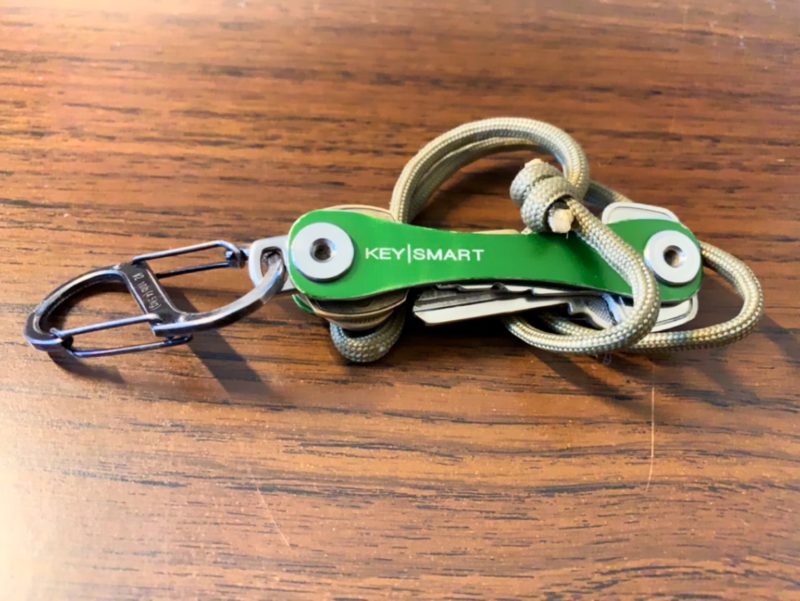
A couple-three years ago I carried my keys on a ring a-jumble in my left front pocket. They were on the opposite side from my front-pocket wallet. They were forever bouncing around the bottom of the pocket and I cannot recall the number of times they poked my leg, sometimes painfully.
They also subjected my pocket to a lot of wear. I have had more than one pair of jeans lose the pocket to my keys and need repair.
About that time I became aware of the EDC “thing” and the community that grew up around it. I did not that Every-Day-Carry was a “thing” — but it is quite a thing. Keys and wallets are two significant components of EDC, along with knives and other tools. I could write several articles about this and I might.
In any event, I came across the Key|Smart. It is a small device designed to hold several keys in a compact, secure holder that is easily clipped to a lanyard or other retaining device. I bought one and it was delivered a few days after my purchase.
I read a few horror stories about users who had their Key|Smart loosen and floor sort all of their keys, some of them lost. These were individuals who carried their keys outside the pocket. If the device loosened, then there could be a loss of keys. However, for the life of me, I cannot understand why one would not hear them drop to the ground.
So I assembled the set of carry-keys (I have another non-carry keyring that holds the remainder), organized them in a fashion I thought would be optimal, and started carrying them in my KeySmart.
After a few days, I build a lanyard from some paracord that permits my keys to ride in my left-front pocket but they hang from my belt and do not lie on the bottom of my pocket. This works for me. I use an S-biner to clip to the lanyard (a loop-lanyard) so I can one-handed release the upper portion of the S-biner, retrieve my keys, and flip open the housekey without needing both hands.
This works for me.
I have reorganized the keys as the number of keys changes with time. I also have the most-used keys away from the clip end of the KeySmart.
Yesterday, I removed an unused key (probably an old Post Office key) and rearranged the spacers to put one between each key. This means the keys no longer ride against each other and they are a little easier to roll out with one hand.
Besides not having a jumble of keys rattling around in the bottom of my left front pocket, the Key|Smart is nearly silent. I rarely hear it unless it bounces against the Bestech Kendo that I currently carry clipped to my left front pocket. The silence is a boon.
I can readily recommend this handily little device.
